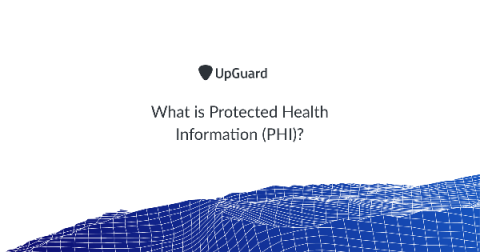Vulnerability Management Program Best Practices
An enterprise vulnerability management program can reach its full potential when it is built on well-established foundational goals that address the information needs of all stakeholders, when its output is tied back to the goals of the enterprise and when there is a reduction in the overall risk of the organization. Such vulnerability management technology can detect risk, but it requires a foundation of people and processes to ensure that the program is successful.








